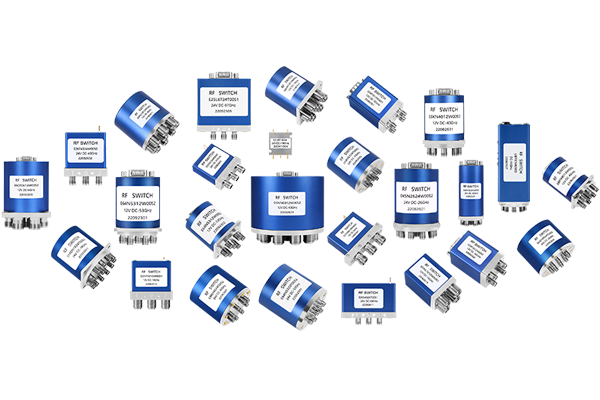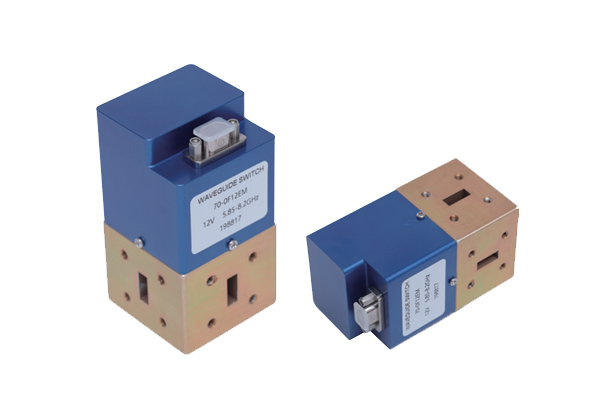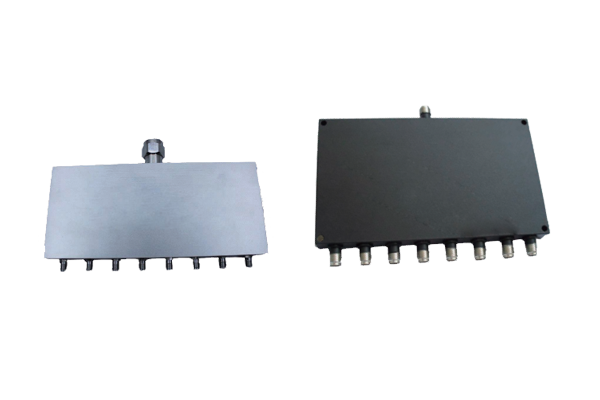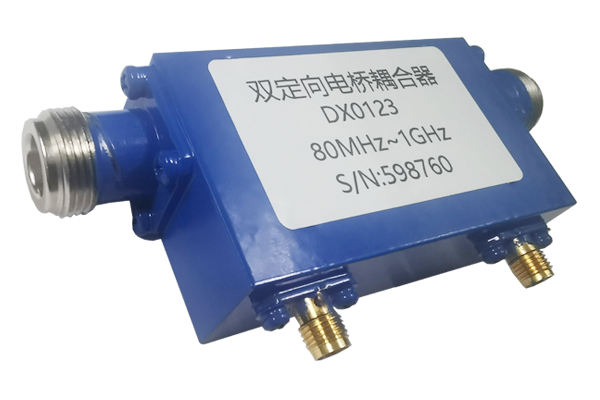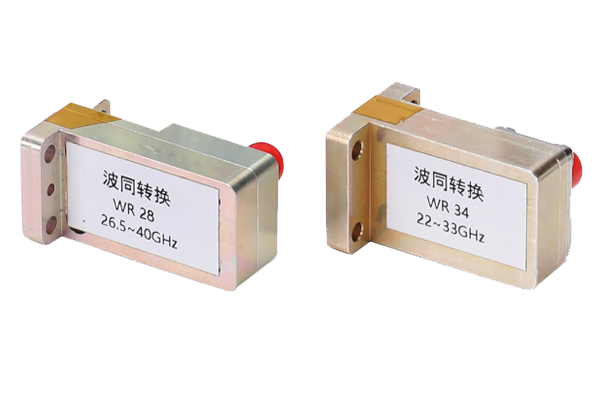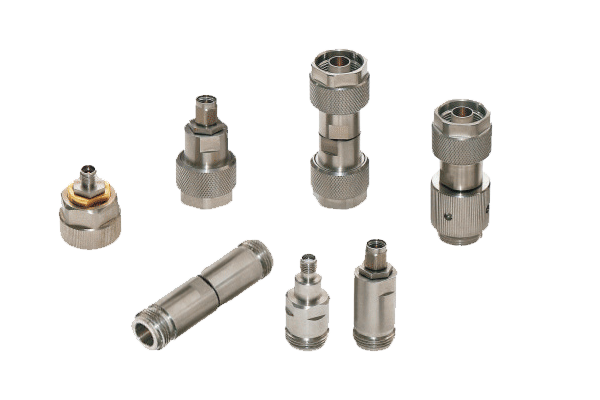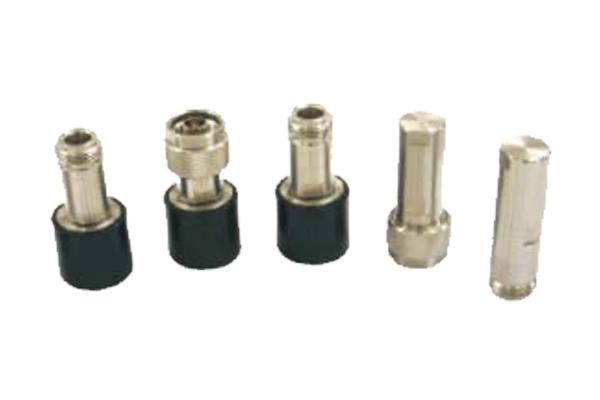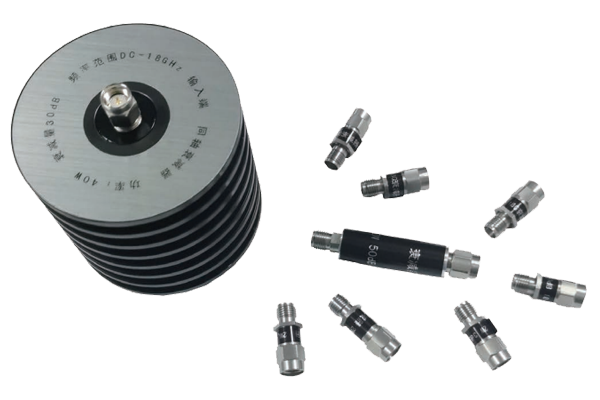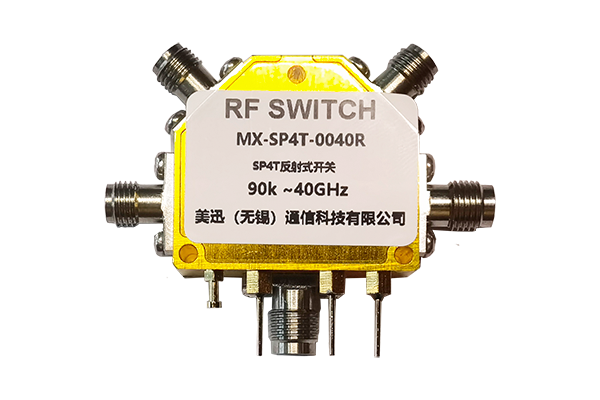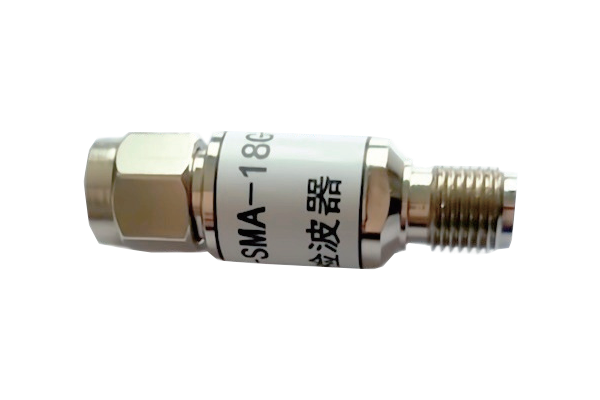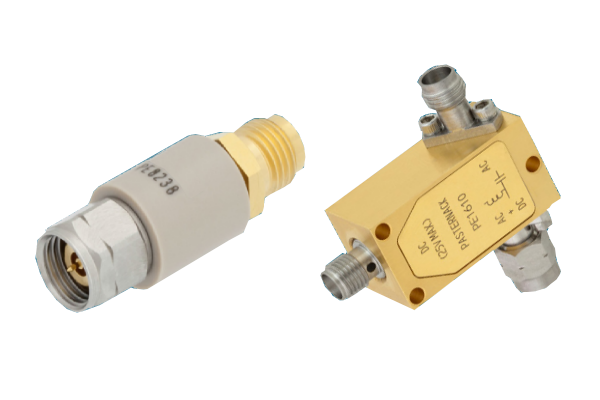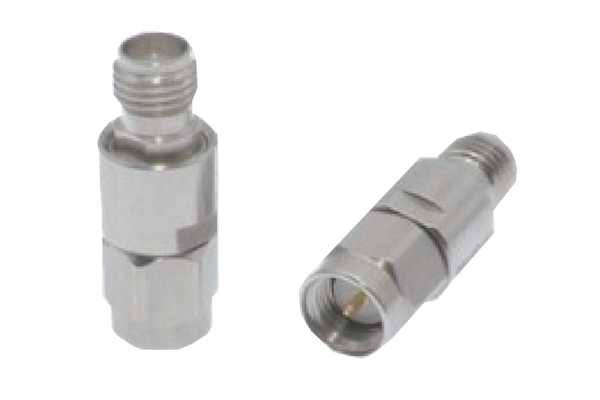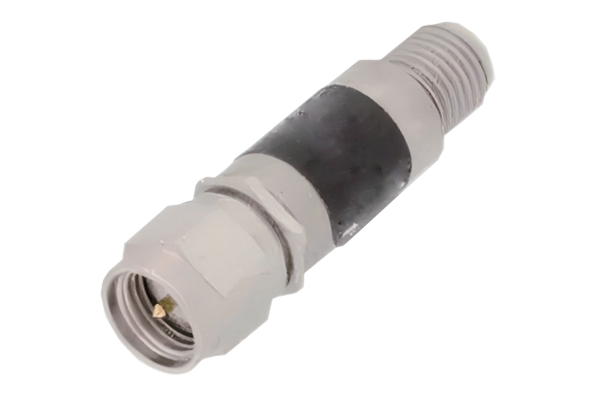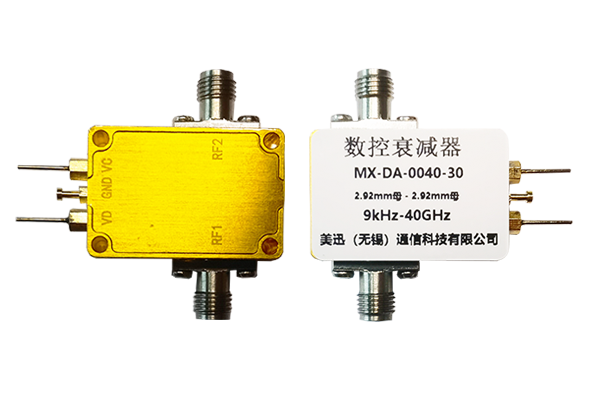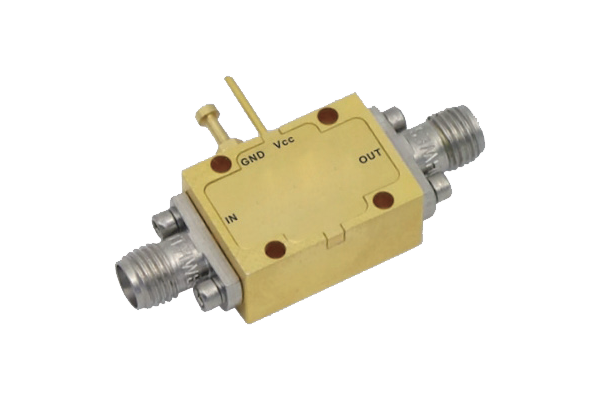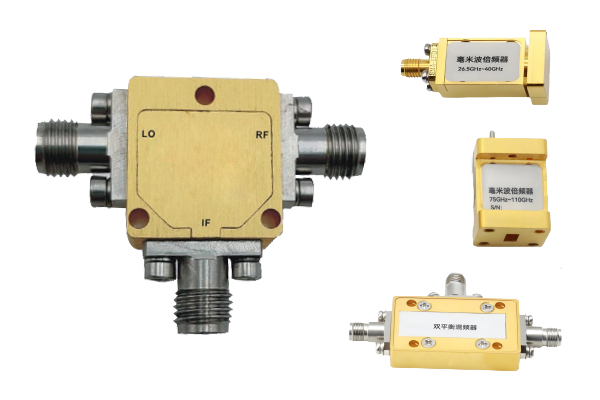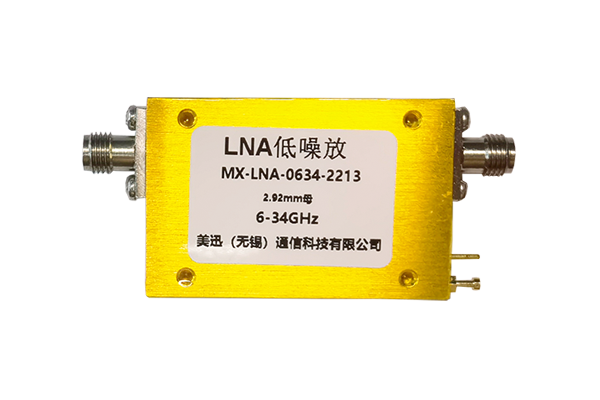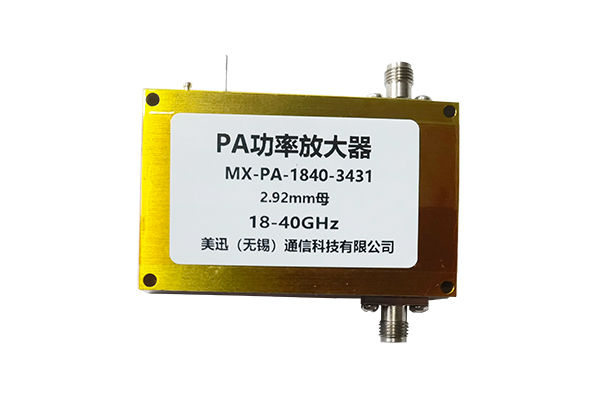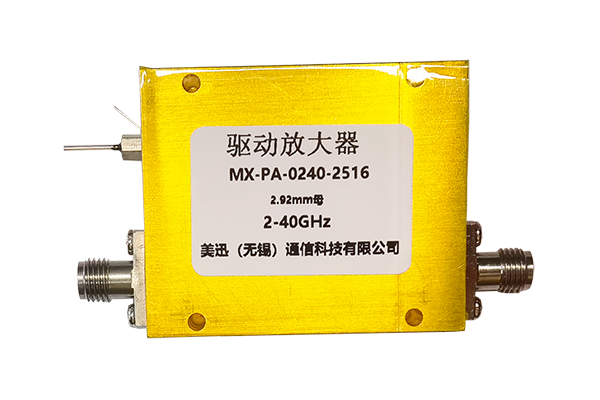How does a pin diode switch perform at different frequencies
Pin diode switches exhibit different performances at various frequencies, which is mainly determined by their inherent characteristics and the influence of frequency - dependent parameters.
At low frequencies, pin diode switches generally have good performance. The on - resistance of the pin diode is relatively stable, and the off - state isolation is relatively high. This is because at low frequencies, the charging and discharging time of the diode's internal capacitance has less impact on the switching speed, and the parasitic inductance and capacitance of the circuit have little influence on the overall performance. Therefore, the pin diode switch can quickly and accurately complete the on - off operation, and the insertion loss in the on - state is relatively small.
However, as the frequency increases, the performance of pin diode switches may change. The internal capacitance of the pin diode begins to play a more significant role. As the frequency rises, the charging and discharging speed of the capacitance affects the switching time, resulting in a longer switching delay. Moreover, the parasitic inductance and capacitance in the circuit also have a greater impact on the performance. The insertion loss in the on - state may increase due to the skin effect and the increased impedance of the parasitic elements. In the off - state, the isolation may decrease because the high - frequency signal can more easily pass through the parasitic capacitance of the diode.
At very high frequencies, such as in the microwave and millimeter - wave bands, the performance of pin diode switches faces more challenges. The parasitic effects become more prominent, and the switching speed and isolation performance are further affected. Special design considerations and process optimizations are often required to improve the performance of pin diode switches in high - frequency applications, such as using advanced packaging technologies to reduce parasitic elements and optimizing the diode structure to improve its high - frequency characteristics



